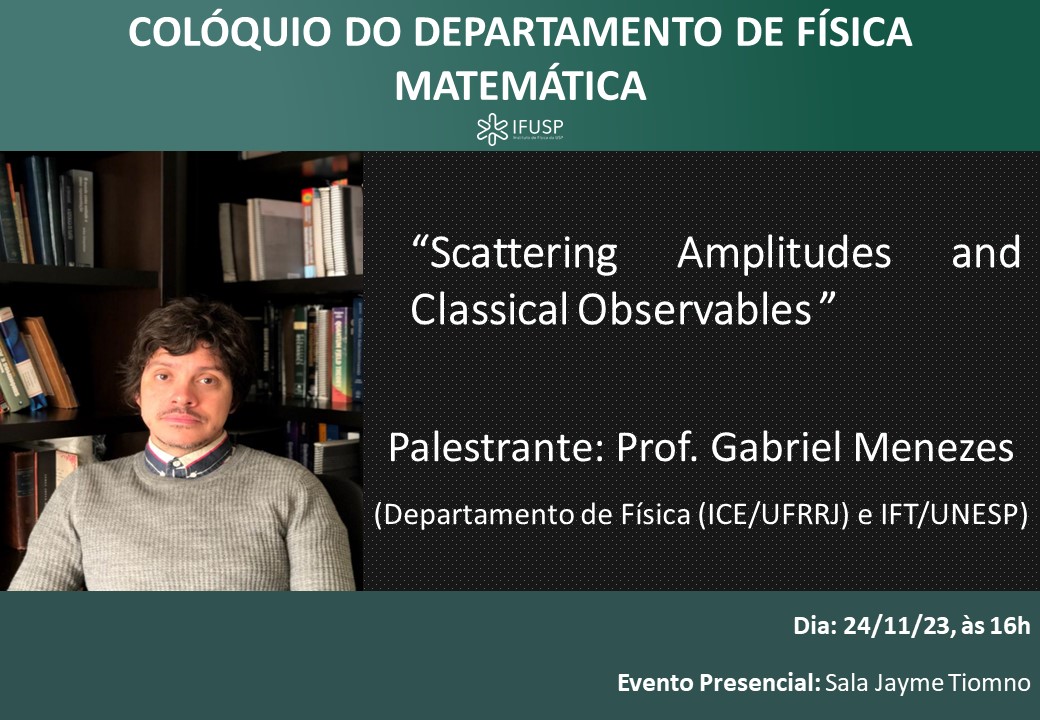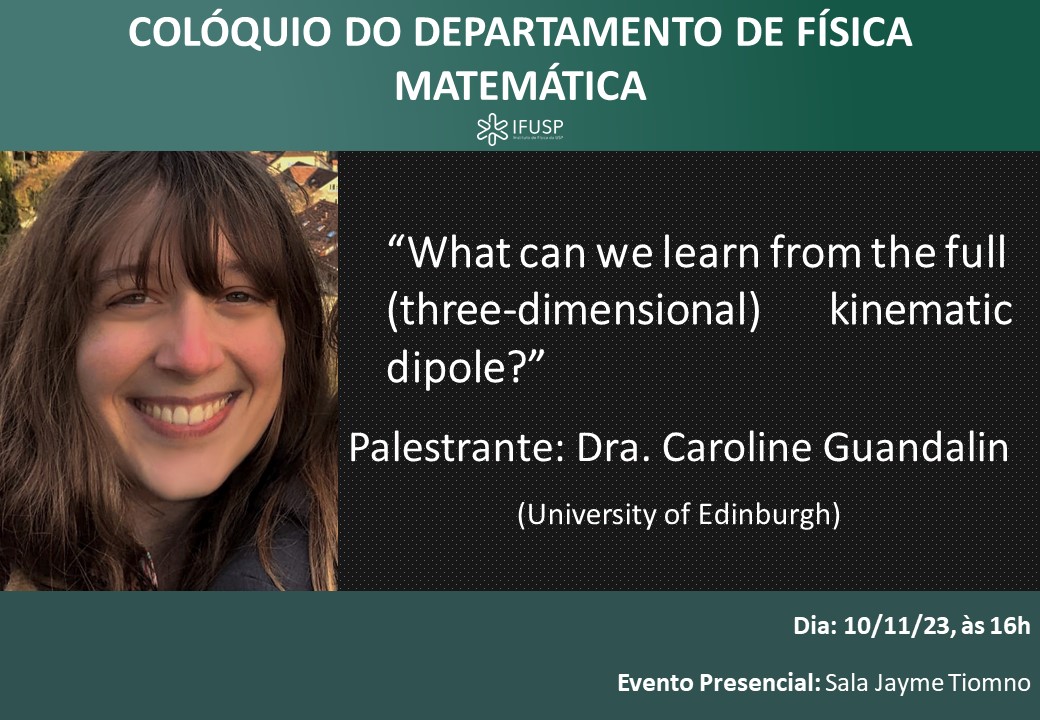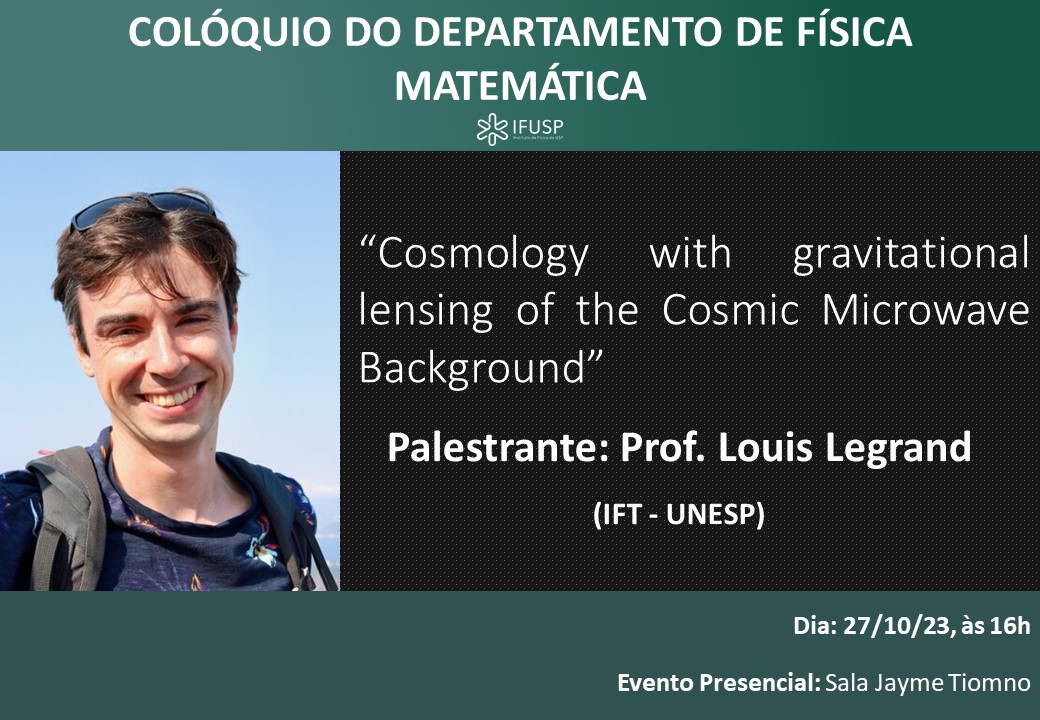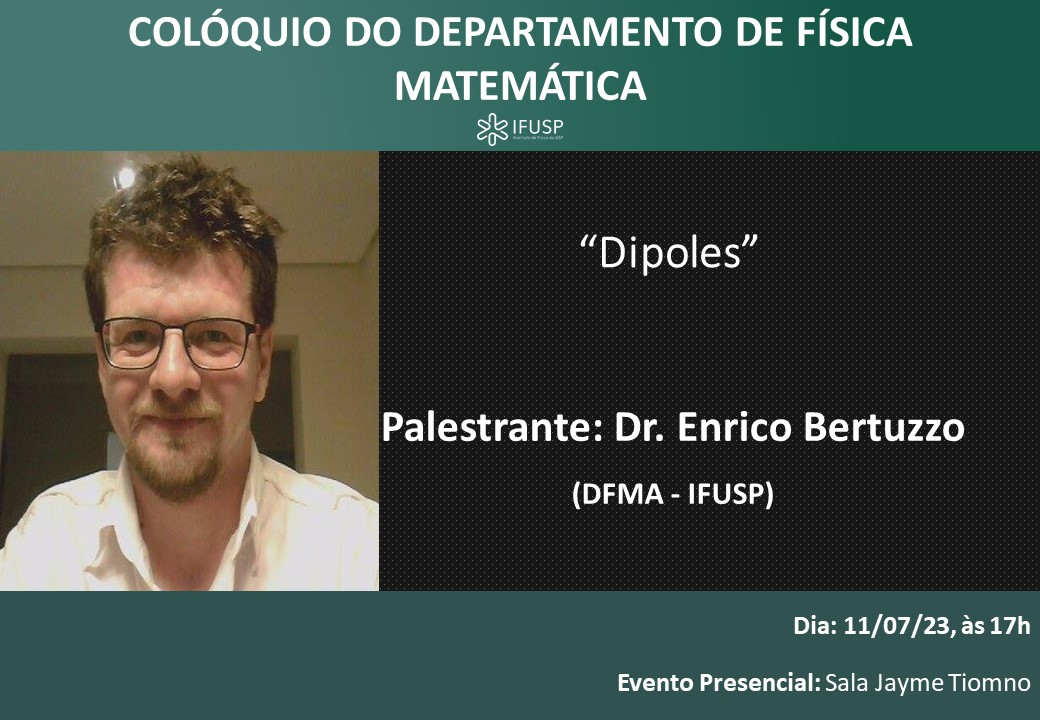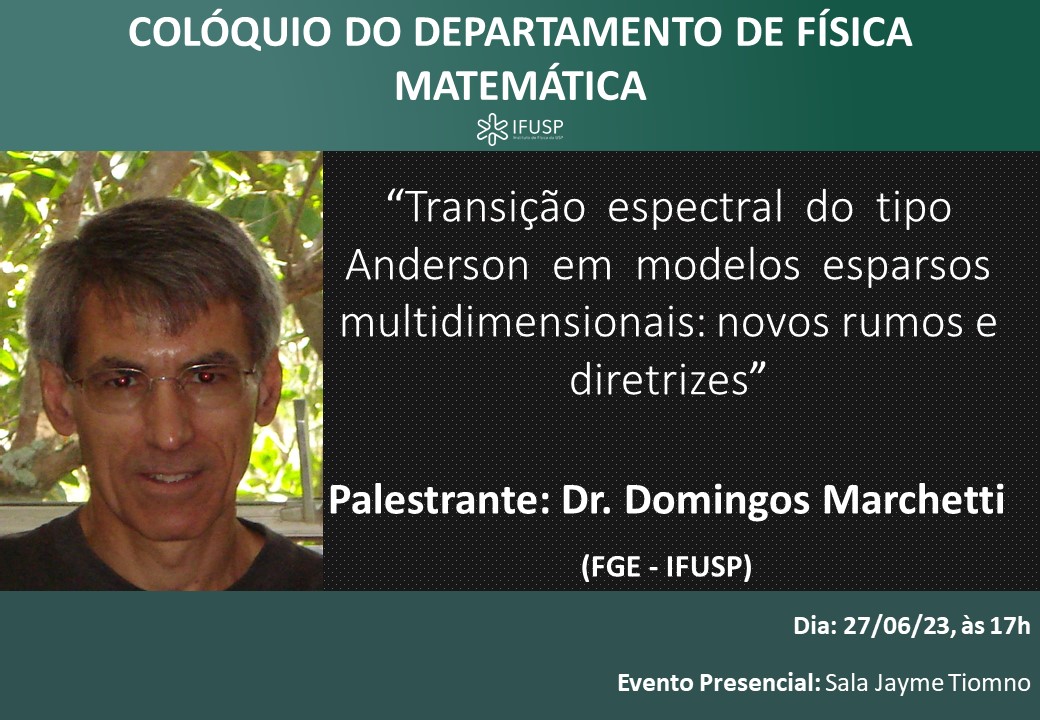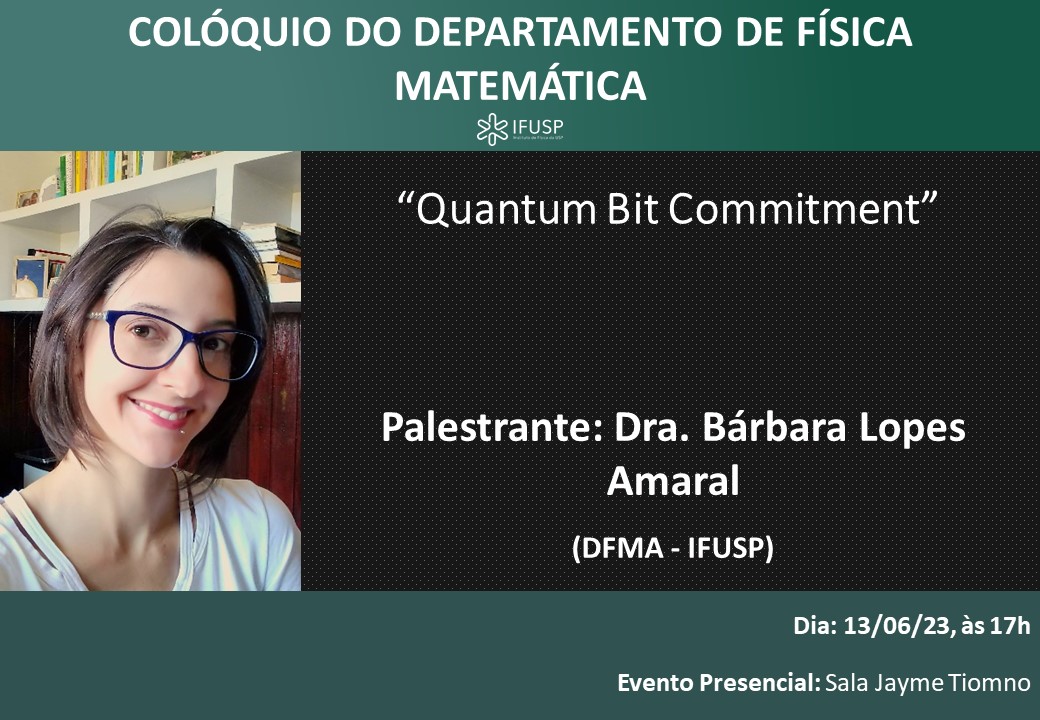Defect RG flows in 3d Chern-Simons-matter theory | Colóquio DFMA

Abstract: In this talk I would like to discuss the defect renormalization group flows recently found in ABJM theory. In such a setting, we find RG flow trajectories that may or may not preserve some subset of the original N=6 supersymmetry. The $\beta$-functions have a rich spectrum of fixed points representing (super)conformal defects that provide a rich arena to study quantum effects in 2+1 dimensional theories. This sheds new light on universal information about the theory, such as the Bremsstrahlung function, and possibly on the holographic dual setting of strings in AdS4xCP3.



